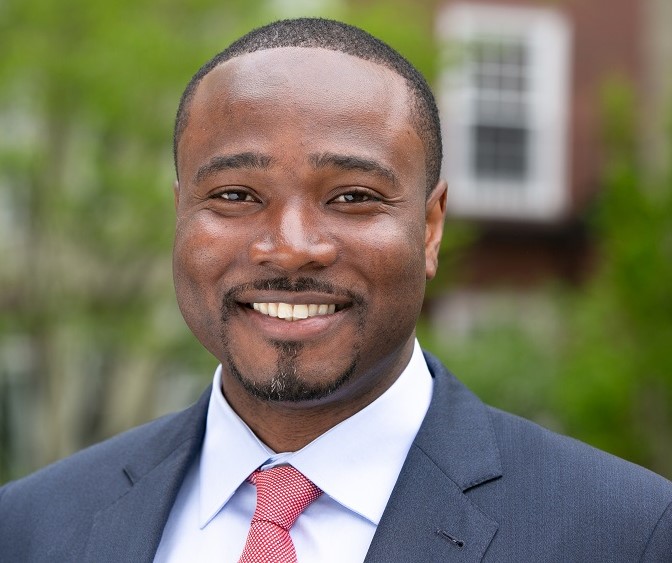How we got here
I spent the first 16 years of my life in Nigeria before moving to the United States for college. As such, I was exposed to such debilitating poverty that seeing women and children walk miles to fetch a bucket of water was normal, and hearing that people lost loved ones due to preventable illness like malaria and typhoid did not faze me. I had become accustomed to a reality where education and healthcare were both luxuries reserved for the rich. And as far as I knew, the only way to solve the global poverty problem was by spending significant sums of money. Then, I read a book that made me begin to question these assumptions.
In 2008 I read William Easterly’s The White Man’s Burden: Why the West’s Efforts to Aid the Rest Have Done So Much Ill and So Little Good. In the book, the NYU Professor explains that rich countries have spent more than $4 trillion dollars trying to solve the global poverty problem, yet many countries still remain poor. In fact, every year, the group of countries that make up the OECD—essentially the richest countries in the world —spend approximately $145 billion on official development assistance for poorer countries. And while some progress has been made, it is hard to argue that the progress is commensurate with the amount of resources spent annually over the past several decades. Clearly, something is wrong with this picture.
For instance, within the global development community, there is an incessant focus on eradicating poverty. Absence of poverty, however, is not the same as the creation of prosperity. Perhaps this is why many communities may see a reduction in poverty, yet never reach they point where they are able to thrive. In contrast, when we focus on creating prosperity, as opposed to how to eradicate poverty, we come up with entirely different solutions. In many ways, that is what the Global Prosperity division is about.
Global Prosperity at the Christensen Institute for Disruptive Innovation
The newly launched research area will develop and apply innovation theories to issues of global development in order to improve our collective understanding of how to create prosperity in poor countries.
In our work, we will tackle questions such as, how can innovators create and foster disruptive innovations in poor countries; how can innovation theories help combat and obviate corruption; what are the best ways to develop viable business models in a region with little to no infrastructure; how can organizations thrive in regions without proper functioning institutions; and what is the role of government in fostering disruptive innovations?
Our work will be extensive and we hope to partner with three major stakeholders: investors and innovators seeking to understand the best ways to create disruptive business models in poor countries, development practitioners who are committed to using the principles and theories of innovation to solve some of their most difficult challenges, and policy makers or government officials who are concerned about how to best create policies that will foster economic prosperity in their regions.
Where will we go from here?
In the coming months, we will be developing content that will introduce you to many of the theories developed by Professor Clayton Christensen, his colleagues at Harvard Business School and the Clayton Christensen Center, and several other management thinkers. We will write articles and blog posts; we will create easy to understand fact sheets; and we will develop podcasts on issues like corruption, infrastructure, regulation, and how innovation can engender economic prosperity even in unlikely circumstances.
If you are interested in receiving periodic updates from us, please join our mailing list here.
We recognize the seriousness and importance of this work. If it took you five minutes to read this, in that time at least four people died from malaria, at least seven died from diarrhea, and 30 died from hunger and malnutrition. But, as important as it is to find solutions to these issues, we must aim our sights even higher. To that end, our work will shed light on how the millions living in poverty can not only escape poverty, but also create prosperity. We hope you join us in this effort.
For more, see:
The global extreme poverty rate has reduced to less than 10 percent…so what?


